The beekeeper’s Brother… A Return to Beekeeping
In April, I picked up some honeybees. I did some beekeeping back when I was in high school and I decided it was time to get back into the hobby. I have assisted my sister with her honeybees that past couple of years. (She is going on her 9th year of keeping bees.) So, I picked up four nucs. A nuc is essentially a miniature hive. It usually has 4 or 5 frames that includes the queen, worker bees and drones. It also has brood, honey, pollen and nectar. This can be a big advantage in jumpstarting the new hive as opposed to getting a package of bees.
So my bees have been busy… they have had to establish themselves in their new homes, draw out wax honeycomb, locate resources and collect honey for the upcoming winter. I have been keeping an eye on them but pretty much have let them do their thing which, at this time of year, is producing honey. My job has been to add another super to the hive as they fill up the other boxes on the hive.

It has been pretty interesting to watch the bees as they leave the hive to go out and forage, and as they return.
I have been giving my bees supplemental sugar water because they can use it (especially on a rainy day) as another resource. The rule of thumb is to remove the sugar water when the bees stop using it. So far, they have been using it.
It looks like I might get a little bit of a honey harvest this year. (I was not expecting this but it will be an added bonus.) My main goal was to get the colonies established and hopefully see them make it through the upcoming winter. I am down to three hives (from four). The bees appear to have simply left. I am not sure why. The hive was the weakest of the four and, despite my efforts, it wasn’t keeping up with the other colonies. From what I have heard, sometimes it happens. This is one of the reasons I decided on getting four nucs. A beginning beekeeper should get at least two hives. This can prove beneficial when comparing colonies and gives you some options should a hive become weak or die out. I am considering doing some splits next year with my colonies, but we will see how they do over the winter. My remaining colonies are doing well.
Stay tuned for more beekeeping adventures!
Burning Wood
“The fire is the main comfort of the camp, whether in summer or winter, and is about as ample at one season as at another. It is as well for cheerfulness as for warmth and dryness.” — Henry David Thoreau
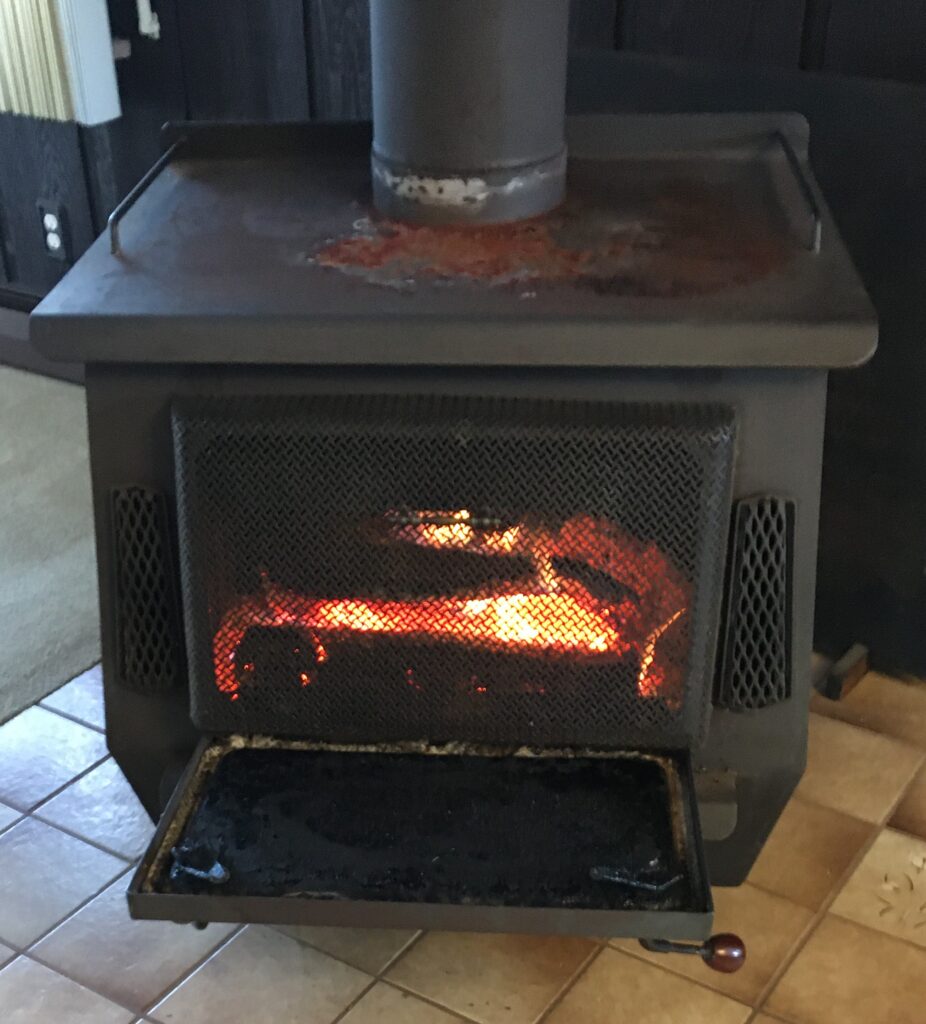
Why burn wood in a wood burning stove? I want to share 8 points on why I like burning wood in my wood burner.
- Burning wood is cost-effective. Wood can often be obtained free or for a cheaper price than alternative heating methods. I rarely will cut down a healthy tree. Where I live there are plenty of trees that have died or have come down in storms. I have my work cut out for me just getting these trees cleaned up. Burning wood actually helps keep forests clear of deadfall.
2. Wood is a renewable energy source. Where fossil fuels are limited, seedlings can be planted to help renew this natural resource.
3. Burning wood does not contribute to global warming. Seedlings capture carbon dioxide from the atmosphere a gradual process that occurs constantly as part of the tree’s life cycle. When the tree dies and it rots or is burned, the carbon dioxide is released. This carbon cycle is repeated as new trees grow and die. Wood is considered “carbon-neutral”. It doesn’t add additional carbon dioxide to the environment.
4. Burning wood provides independence from energy suppliers.
5. Wood burning can be relaxing and provide you with a little piece of sunshine on an otherwise gloomy day.
6. Cutting and gathering firewood is good exercise. Some might say hard work. Aren’t they one and the same? Seems like I work up a sweat either way! My grandfather had a tile with a saying on it… “He who cuts his own firewood is twice warmed.” It certainly has been true in my experience.
7. You can save money burning wood by heating the space you are in and leave the rest of the house cooler. (I heat my living room, kitchen and den… the bedrooms are kept cooler which makes for better sleeping.)
8. Burning wood allows one to heat a home even if power outages occur. Many wood burning stoves come in designs that allow for food to be prepared and water to be heated in a kettle.
So there you have it. 8 reasons why I like burning wood in my wood burner.
Did you notice the rust on my wood burner in the picture above? Watch for a future post on how to clean up a rusty stove and make it almost like new. Spoiler alert… my wood burner doesn’t have that rust on it anymore!
“To poke a wood fire is more solid enjoyment than almost anything else in the world.” — Charles Dudley Warner
Fishing Esnagi Lake 2022
This month, I had the opportunity to go on an epic fishing trip to Esnagi Lake in northern Ontario, Canada. My friend Steve, who also goes to Guatemala, invited me. Access to the lake is limited to train-in or fly-in. We took the train. It was an awesome opportunity and I am very glad I went.
I will let the pictures share the story. I just want to say if you want a great fishing experience, check out Camp Esnagi.
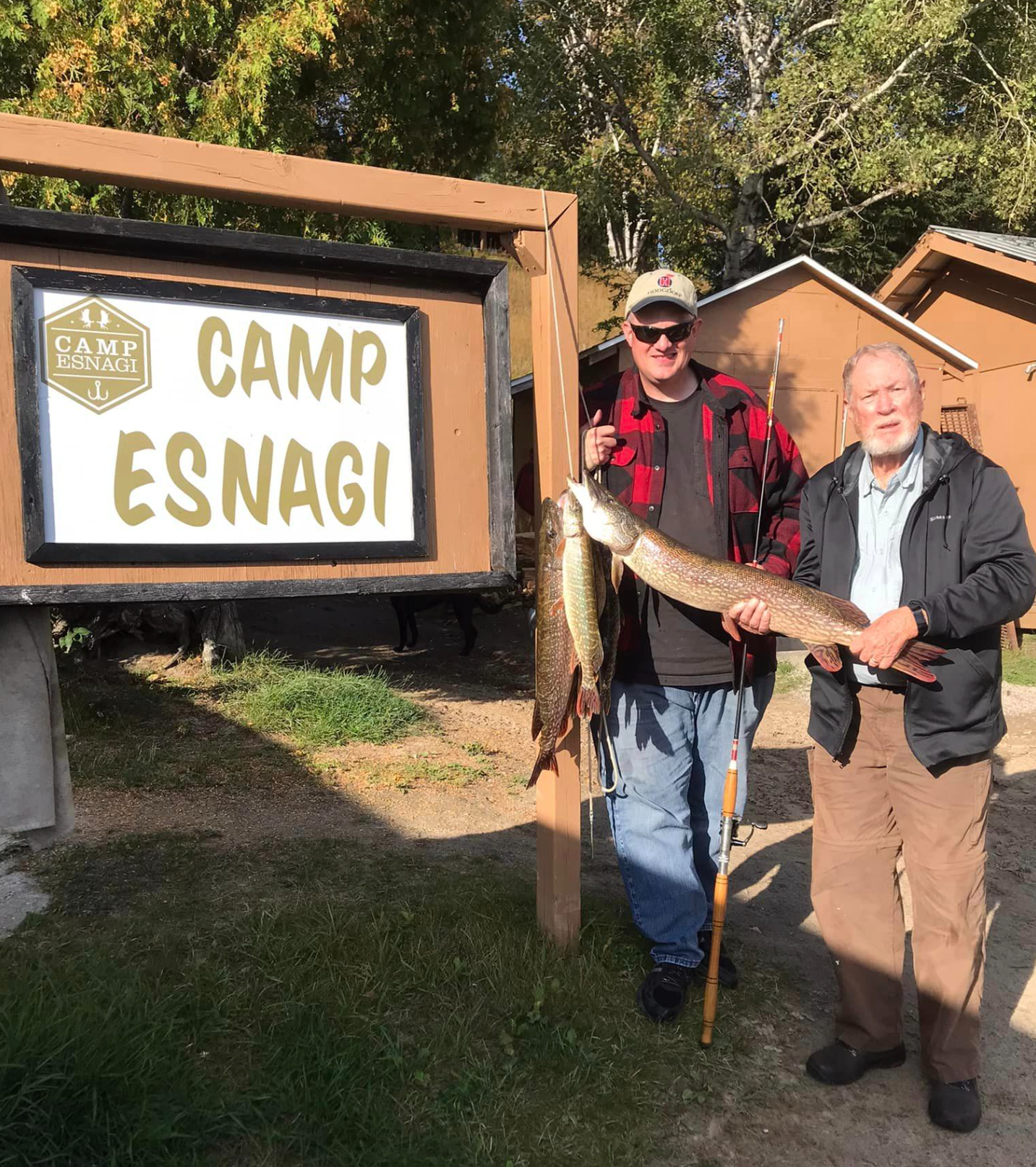
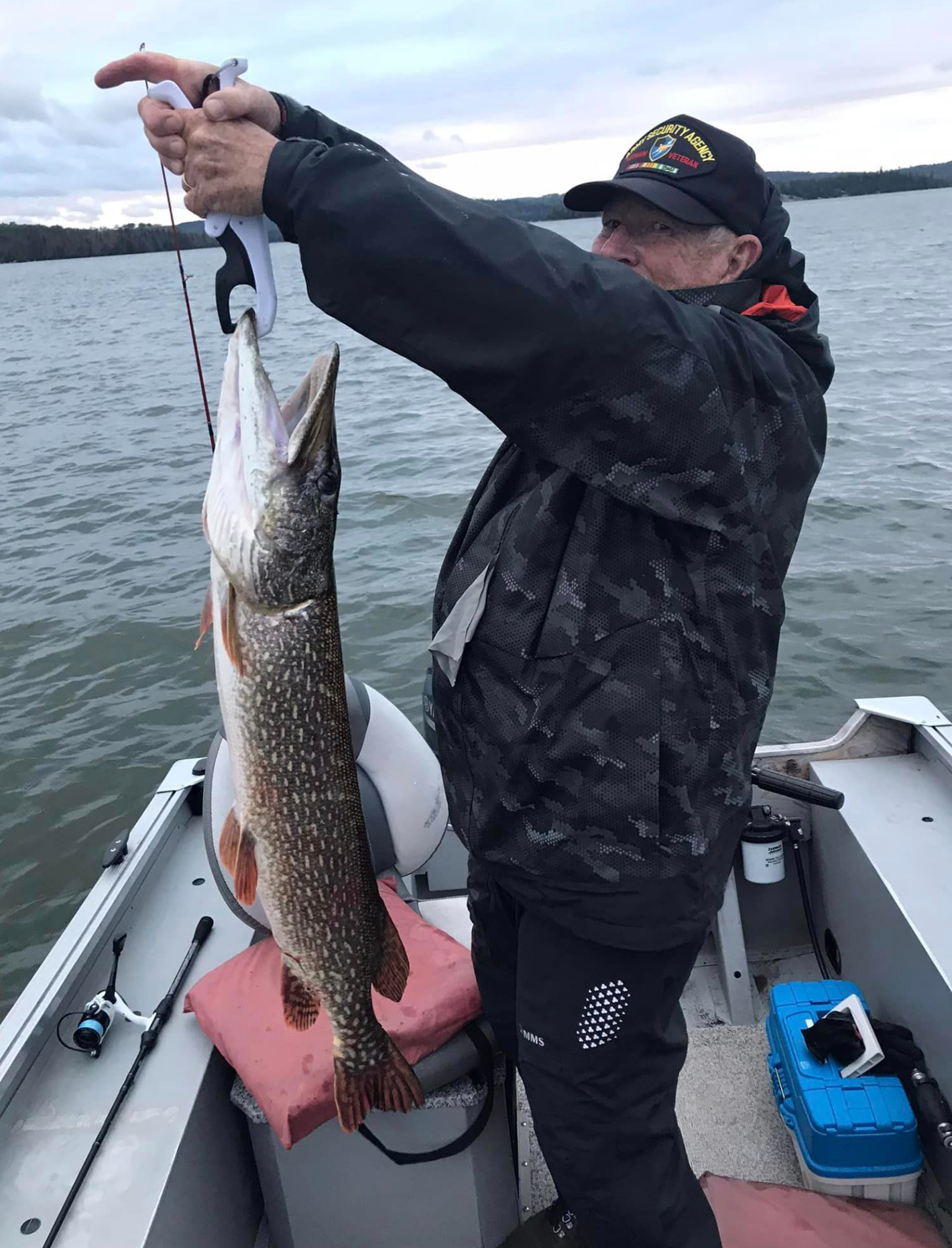
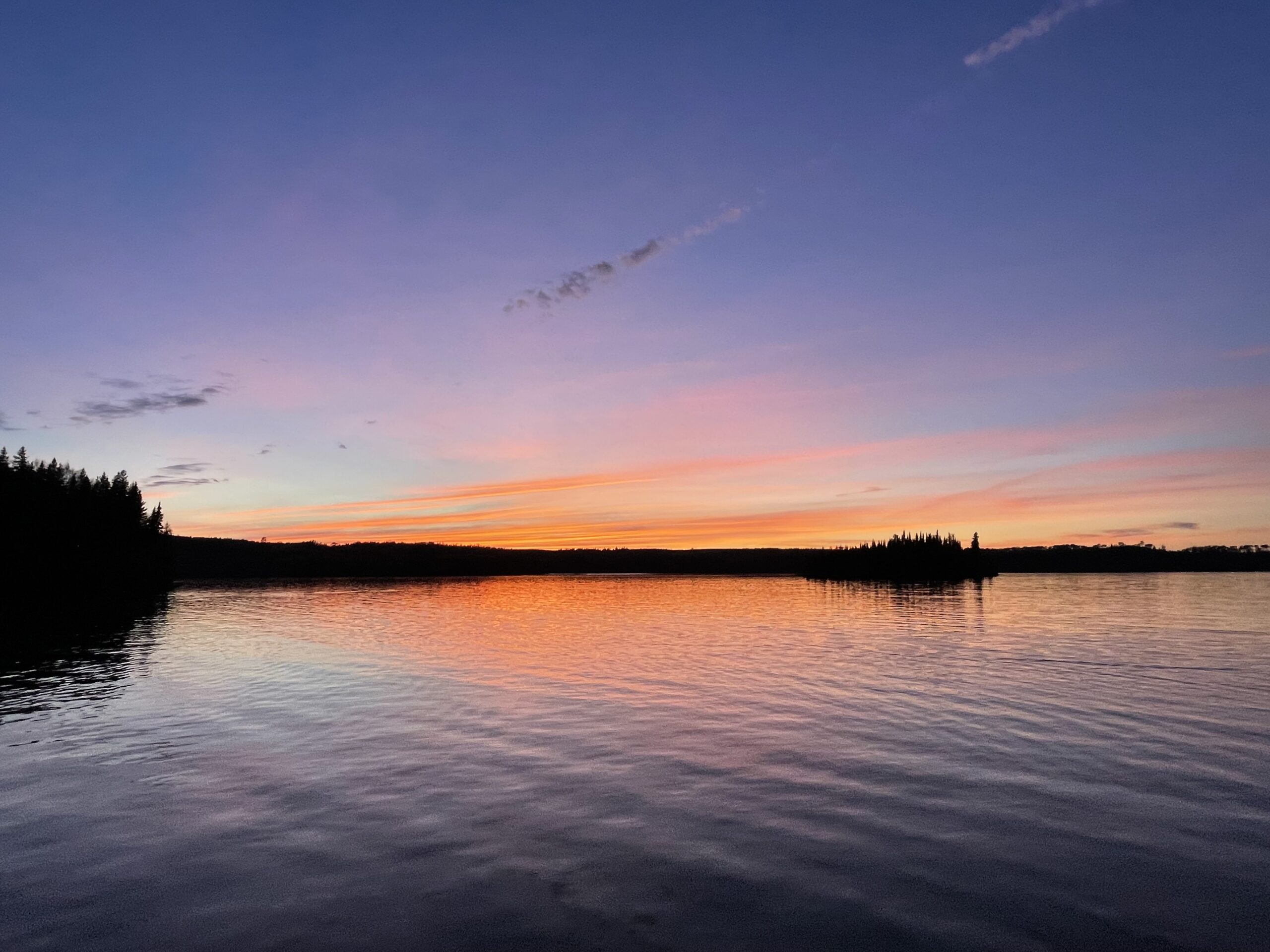
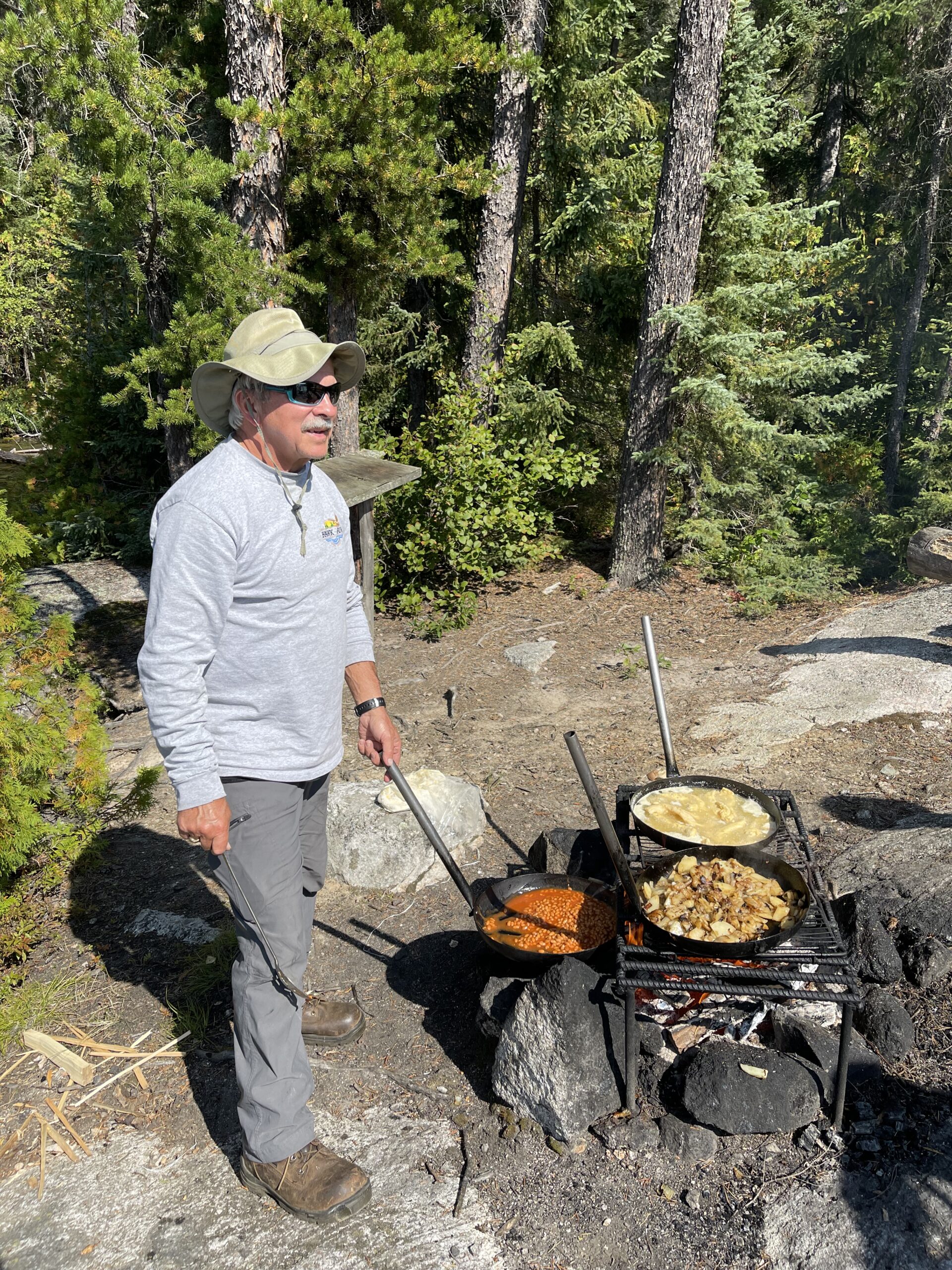
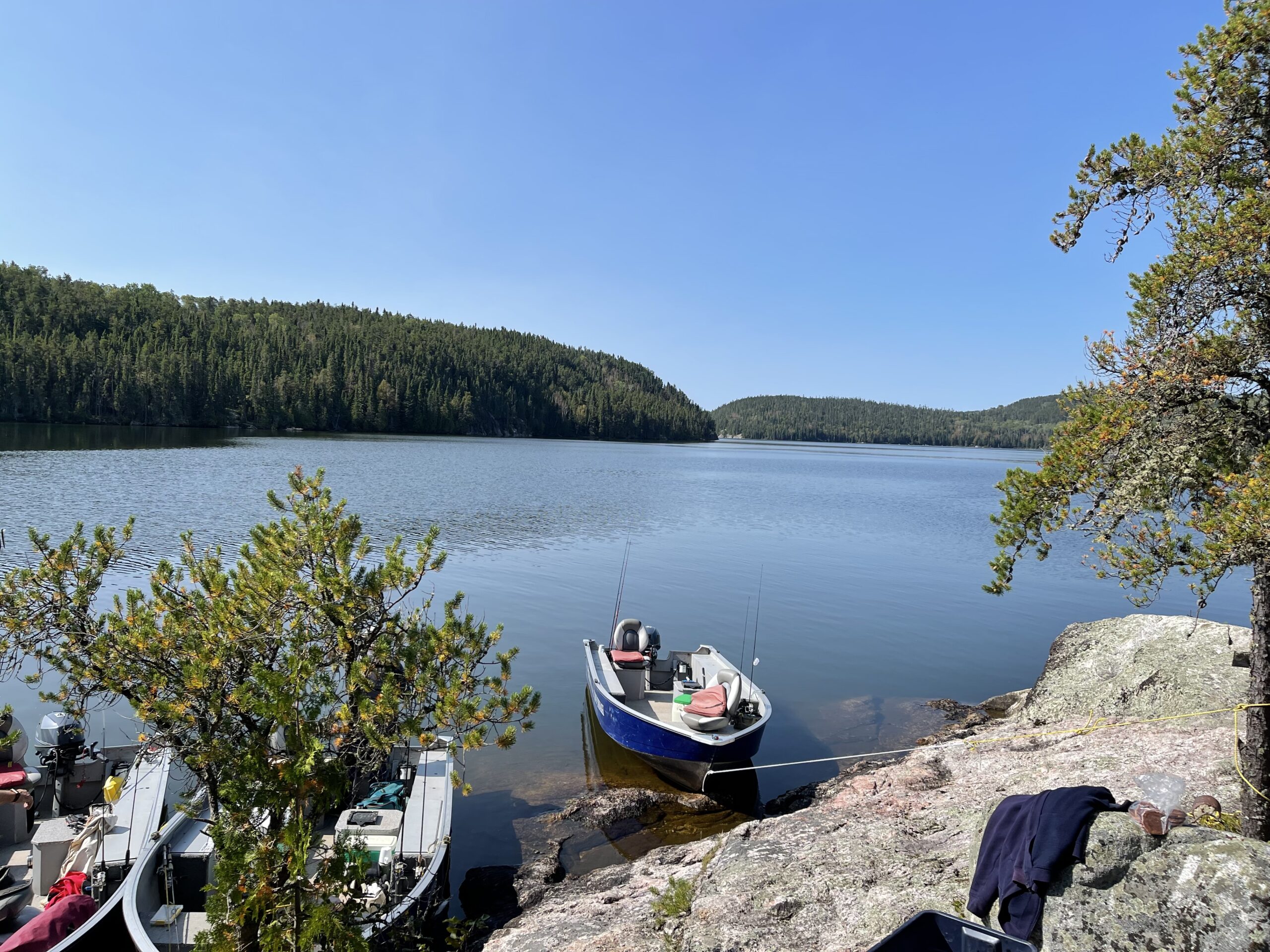
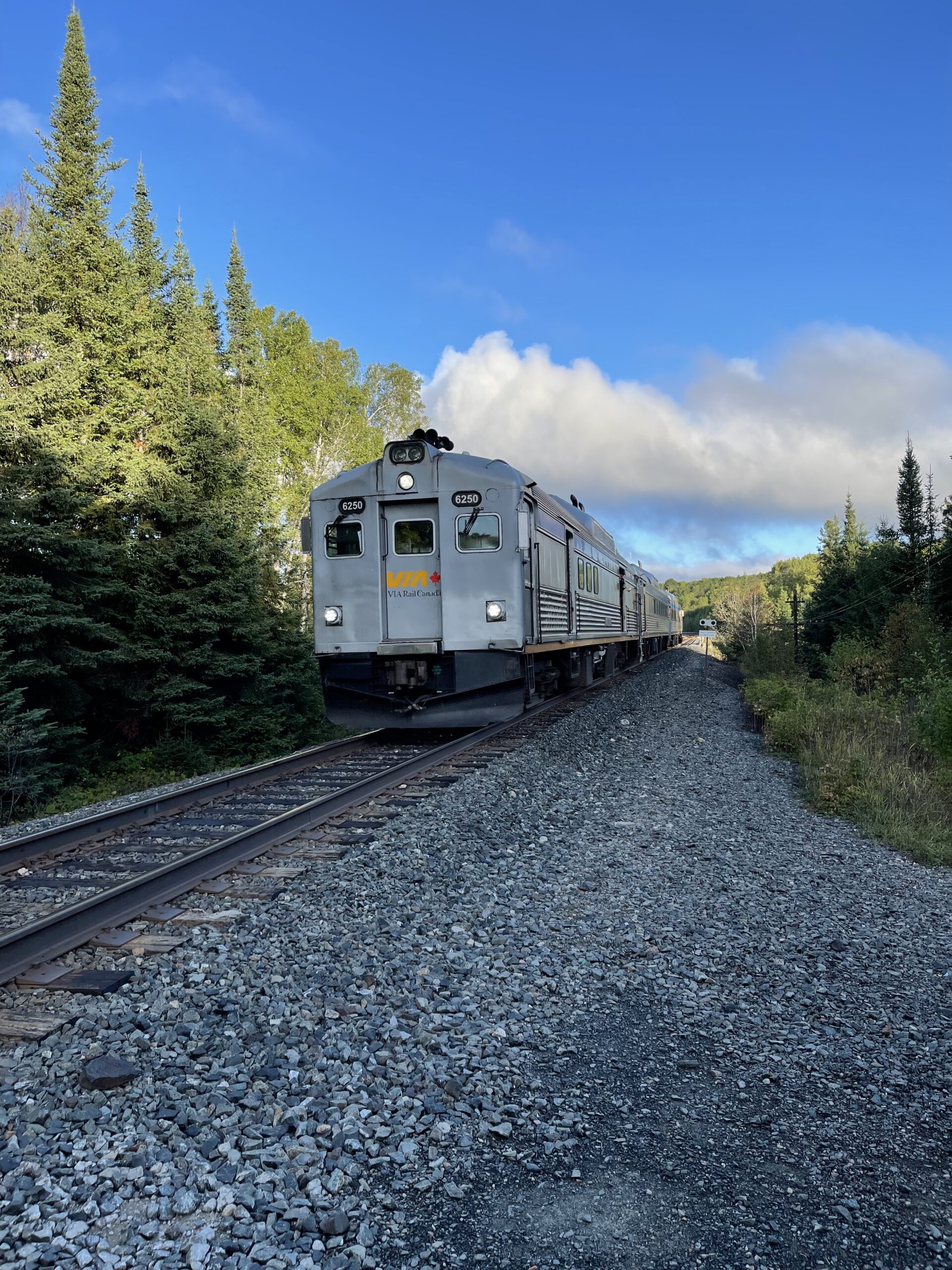
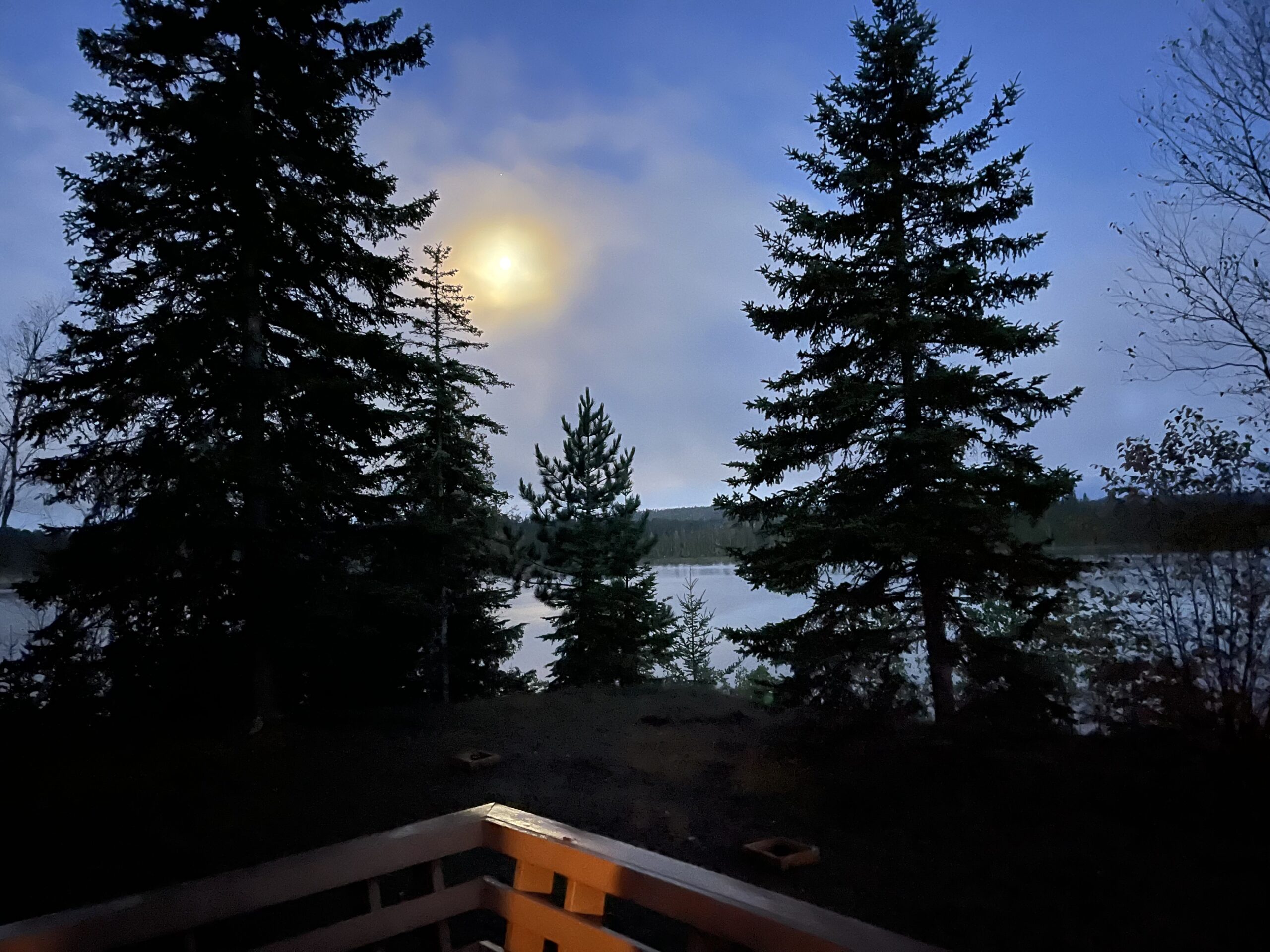
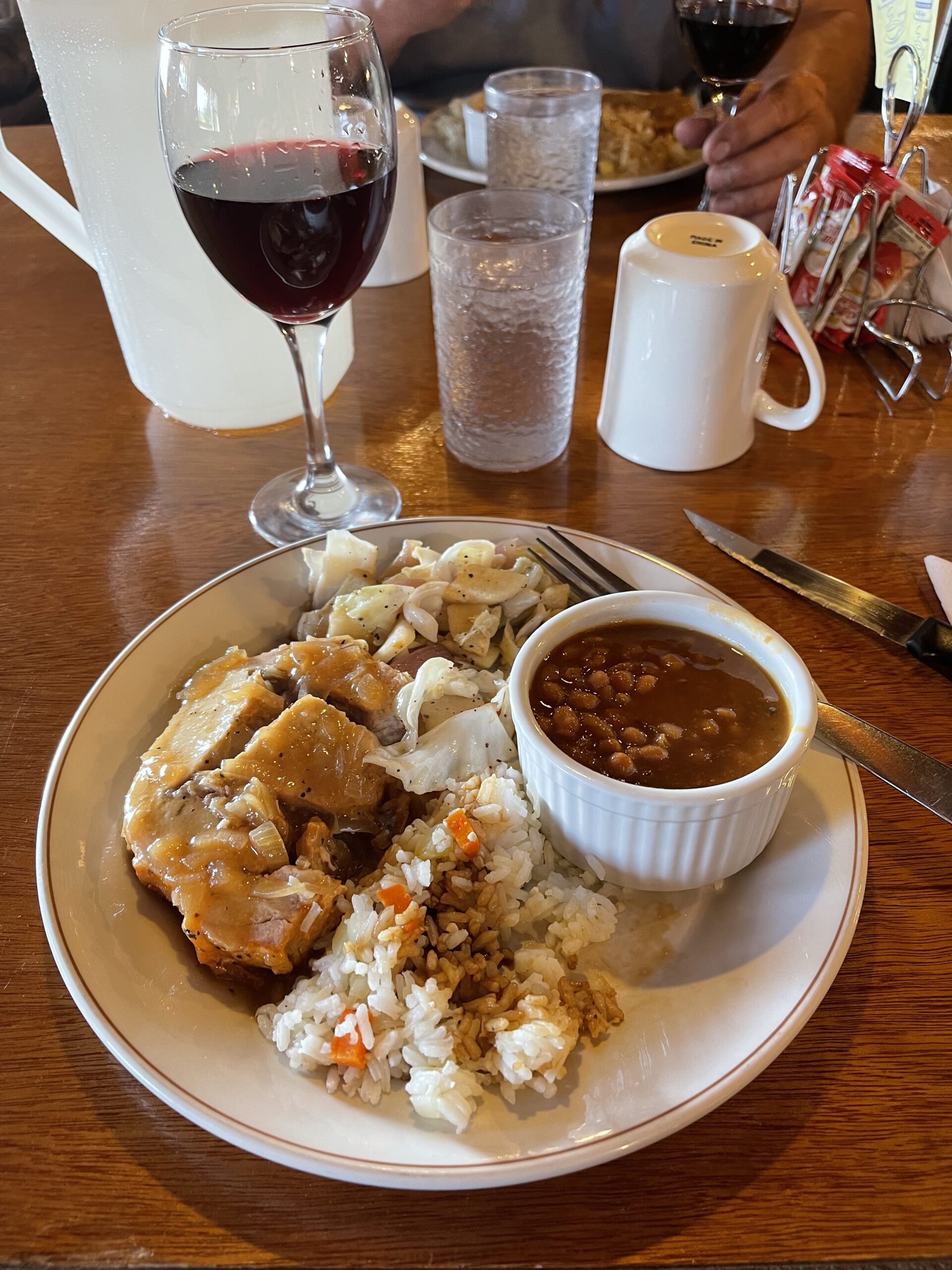
Guatemala 2020 – Medical mission Trip
This year, I once again returned to the Highlands of Guatemala for a 12 day Medical Mission trip. I once again served in the triage area.
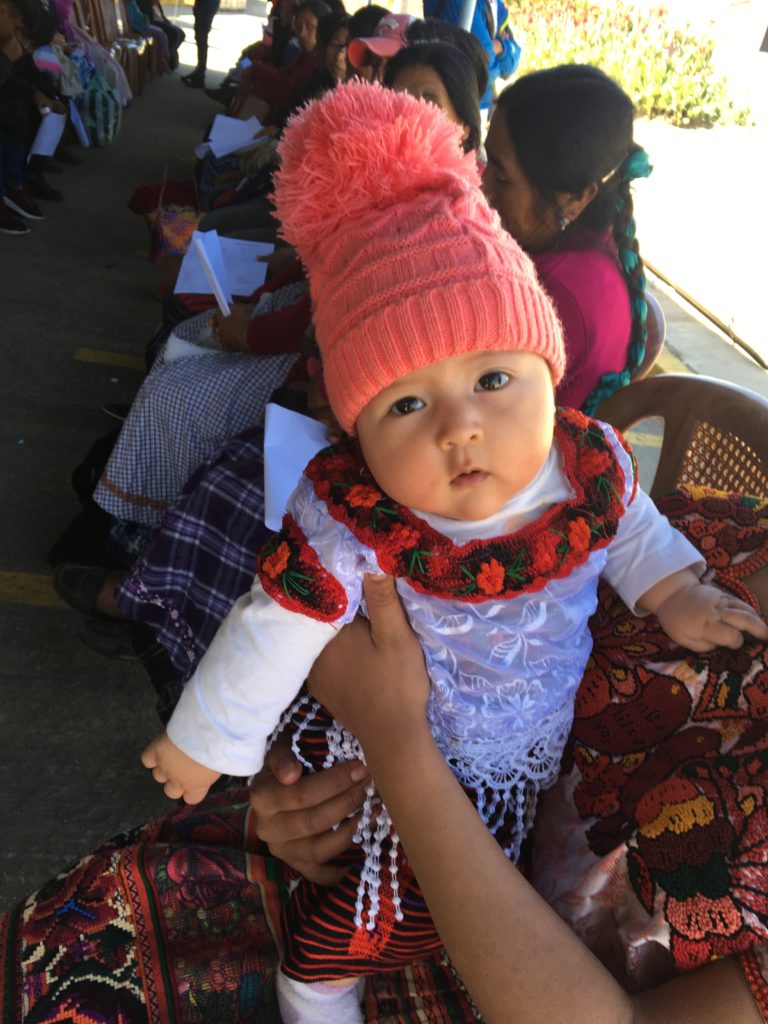
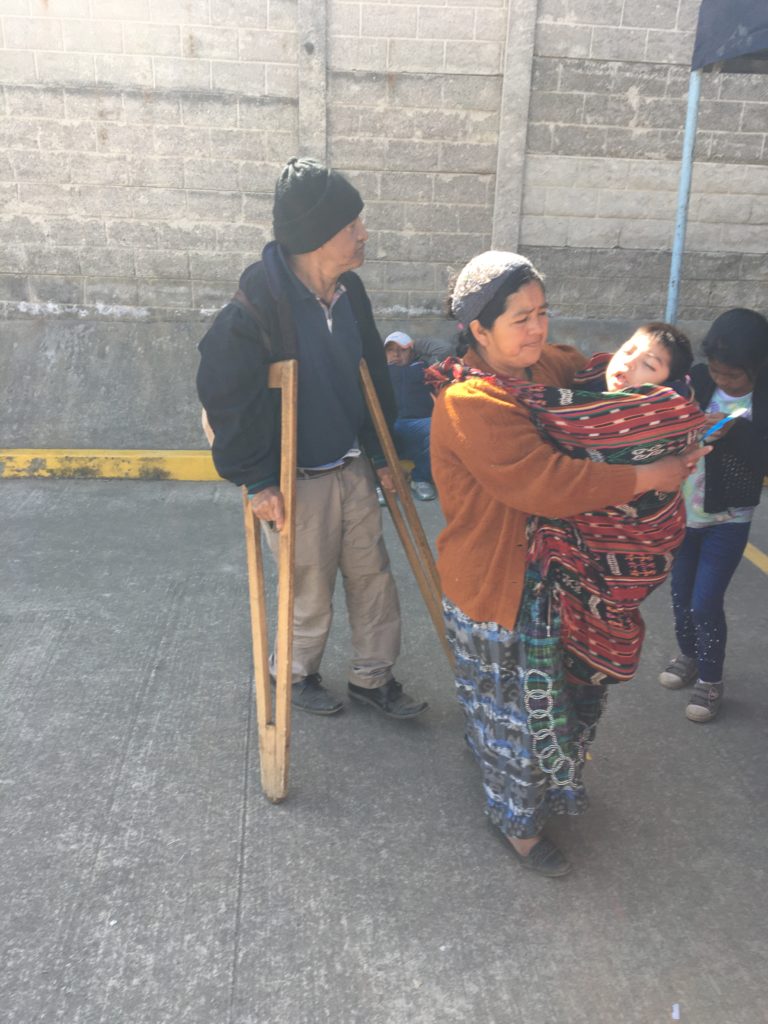
The general flow of patients typically followed this pattern: The patient is seen by in-country staff outside the gates of the compound and is given a wristband that is color coded and coincides with what they want to be seen for. Many individuals have numerous issues they would like to be seen for. To be as fair as possible to everyone who is seeking care, we attempt to see people on a first come, first served basis with a focus on their main complaint. (This year, we saw patients for: General Medical, Dentistry, Obstetrics/Gynecology, Ophthalmology and Plastic Surgery.)
Patients are then allowed inside the gates in groups of about 10 or 20 people. Patients proceed to the triage area, where paperwork is completed, blood pressures and other vital signs are taken and the patient’s chief complaint is recorded.
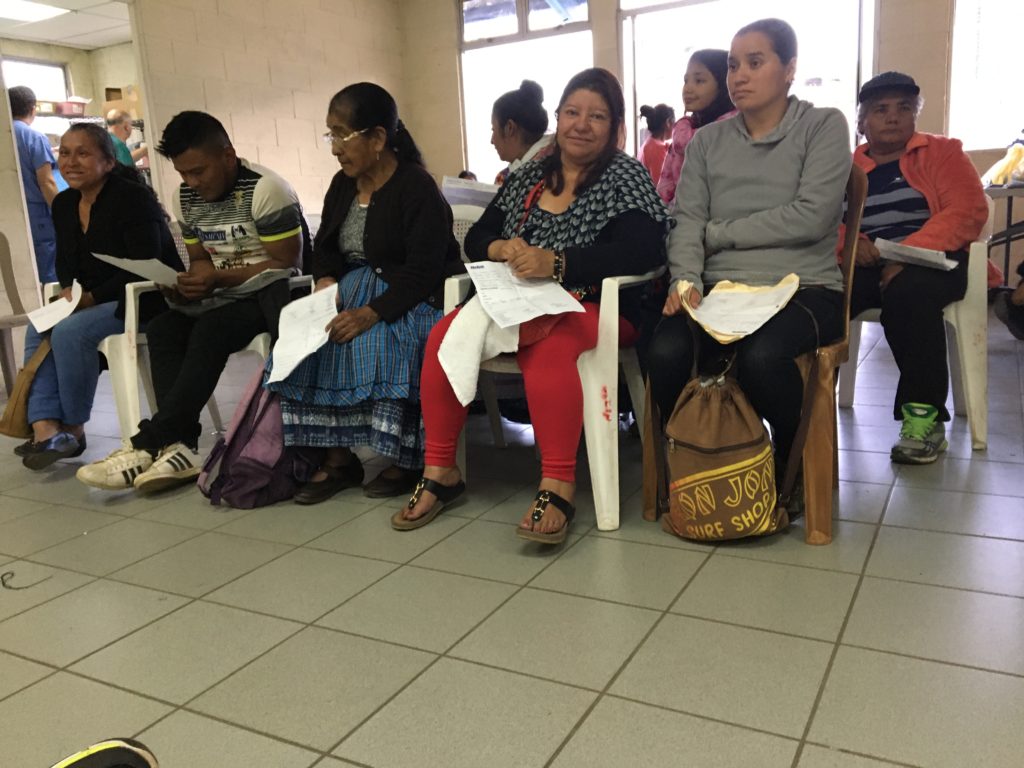
Next the patient is seen by a clinic doctor who either is able to treat the patient or makes a referral for surgery. (whether a patient is able to have surgery is dependent upon which specialties of doctors are with the group, the age of patient, the available space in the surgical schedule for the week) If a patient is not able to be seen by our group, every effort is made to refer the patient to a later team or to obtain a referral for the patient to be seen in Guatemala City at one of the hospitals there.
There is a lot of need in the area where we went. This year: 969 people were seen in the general clinic, 178 surgeries were performed, 89 dental patients were seen (most with multiple procedures), 40 stoves were installed by the community development team and 2020 meals were prepared and served by the kitchen staff to the team volunteers.
To see a Facebook video of the work site, please click on the following link. (Be sure to turn on the sound!)
https://www.facebook.com/JonsDIYLife/videos/3443975505618725/
Packing for a mission trip 101

As you prepare to go on a mission trip one task that can seem daunting, especially if one is new to mission trips, is packing for the trip.
Packing for a mission trip is different than packing for a normal vacation. The goal of the trip is to help others and the conditions one finds themselves in are often less than ideal. Packing the right things can make the difference between an enjoyable trip and a miserable one.
Mission trips can be very rewarding and as you pack you should think through what you will be doing on the trip, what the weather is expected to be like and whether there are any local customs that one should be aware of (in some areas the locals are offended or find it unacceptable for people to wear sleeveless shirts or have their knees exposed).
Climate
It is wise to research the climate and rainfall of your destination. A good resource is http://www.worldweatheronline.com. Researching expected conditions can give you an idea of the type of clothing to pack. Is it going to be sunny? Or are you going to find yourself in snow or rain?
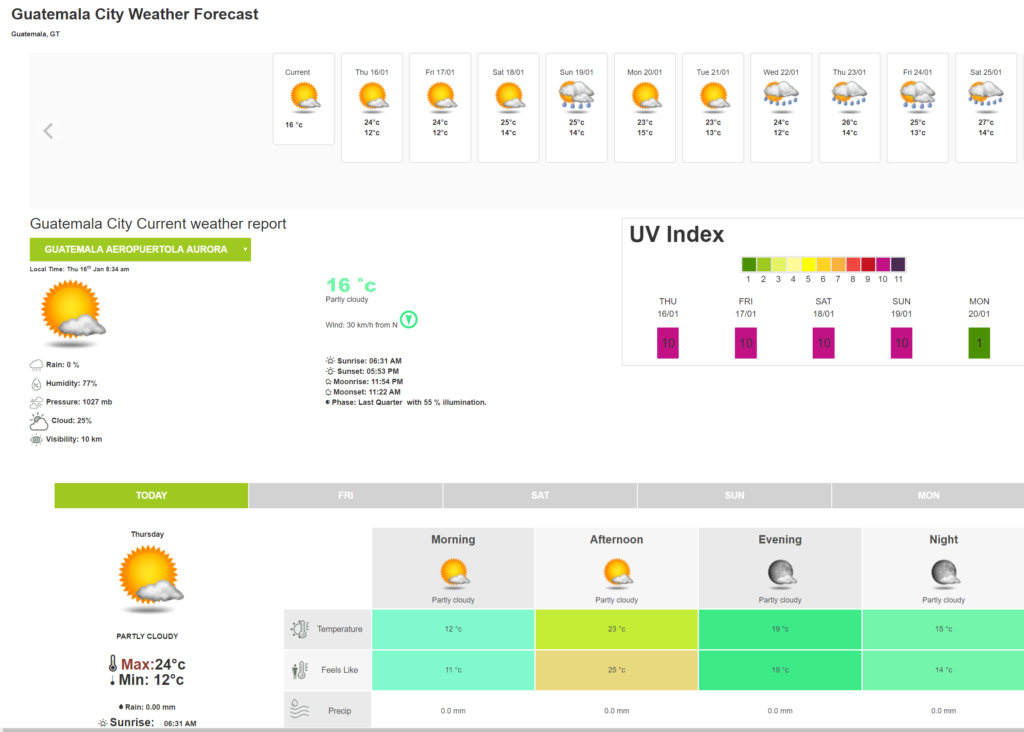
Things to Pack
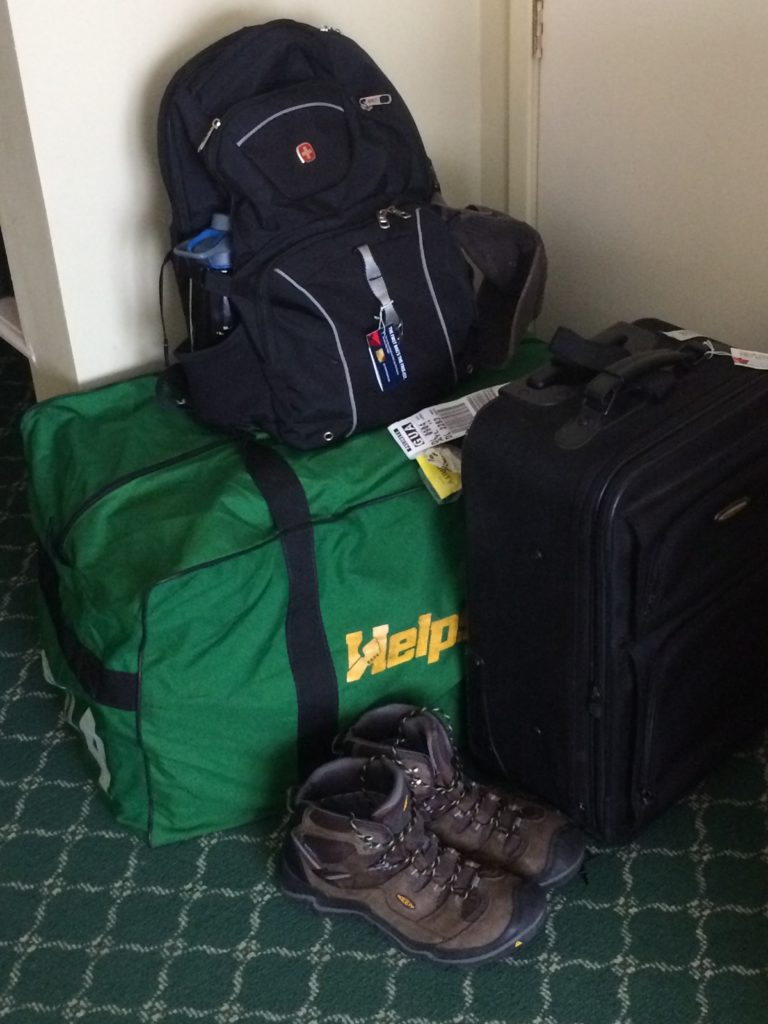
How will you get to the mission site? This will often dictate what you ought to pack your stuff in. For example, will you be have to carry your clothes a long distance? If so, a backpack could be a better option than a suitcase. The group I go on medical mission trips with brings a lot of equipment. As the airlines let each passenger travel with two pieces of checked luggage, one bag is for personal items and one bag is “reserved” for team items. The team uses a hockey style duffle bag for the team equipment and has a “packing party” to load up the team gear and supplies. This “one personal bag limit” is a factor as to what and how much a person can bring.
Clothing
In 1989, I went on my first medical mission trip. This was also my first trip to the tropics, so a big question on my mind was what to bring. It was going to be hot, so I knew I would have to take some clothing for warm weather. It also had the potential to get cold in the evenings so I would need some warm clothes and a good sleeping bag. Fortunately, I had the advise of my dad and sisters who had gone on previous trips that I could rely upon. I asked my dad if I needed to put clothes in my carry-on (mostly because I think I ran out of room in my suitcase) and he said I didn’t need to since we would have our suitcases that night. As I didn’t have space in my suitcase, I ended up putting one change of clothes in my carry-on. This later proved to be fortuitous as we missed our connecting flight in Texas and we ended up having to spend the night in a hotel (without our suitcases). It was sure nice having a change of clothes available. Another team member had his luggage delayed and did not receive it until day 10 of a 14 day trip. My take away from these experiences? Take a change of clothes in your carry-on.
Suggested clothing list for a 12 day trip (varies upon length of trip and if there a known laundry facilities):
- 5 t shirts
- 2 polo shirts
- 1 dress shirt
- 1 pair shorts
- 1 pair athletic shorts
- 2 pair jeans
- 1 pair of khakis
- 1 pair convertible pants
- underwear
- socks
- sleepwear
- swimsuit (my mission trips also have an R&R portion at a hotel with a pool)
- rain jacket
- fleece jacket or hoodie
- stocking cap (mornings can be cool and if it is really cold at night this keeps me toasty warm!)
- baseball cap
- scrubs (2 or 3 pairs – my trips are a medical mission… lightweight and comfortable!)
- work gloves (team does community development and we install stoves and water purifiers)
Footwear
Having the right shoes can make the trip much more enjoyable…
I have tried a number of different combinations over the years and I have pretty much settled on a combination of 3 pairs of shoes. Hiking boots, shower shoes and tennis shoes.
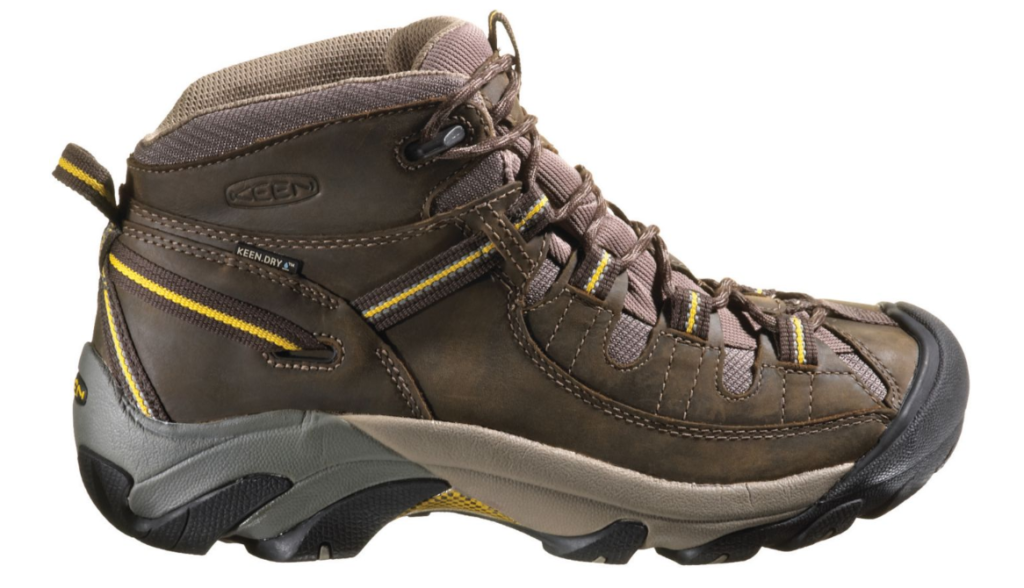
Hiking boots. These are by far the bulkiest of the lot so I wear these when I travel. It is a bit of a pain at the airports if you have to take off your shoes but it saves precious space in the suitcase. These offer awesome ankle support if I go out on day trips or have to hike around town on cobblestone streets. I have a good waterproof pair. Make sure you break them in by wearing them around a bit before going on your trip. Do this unless you want blisters!
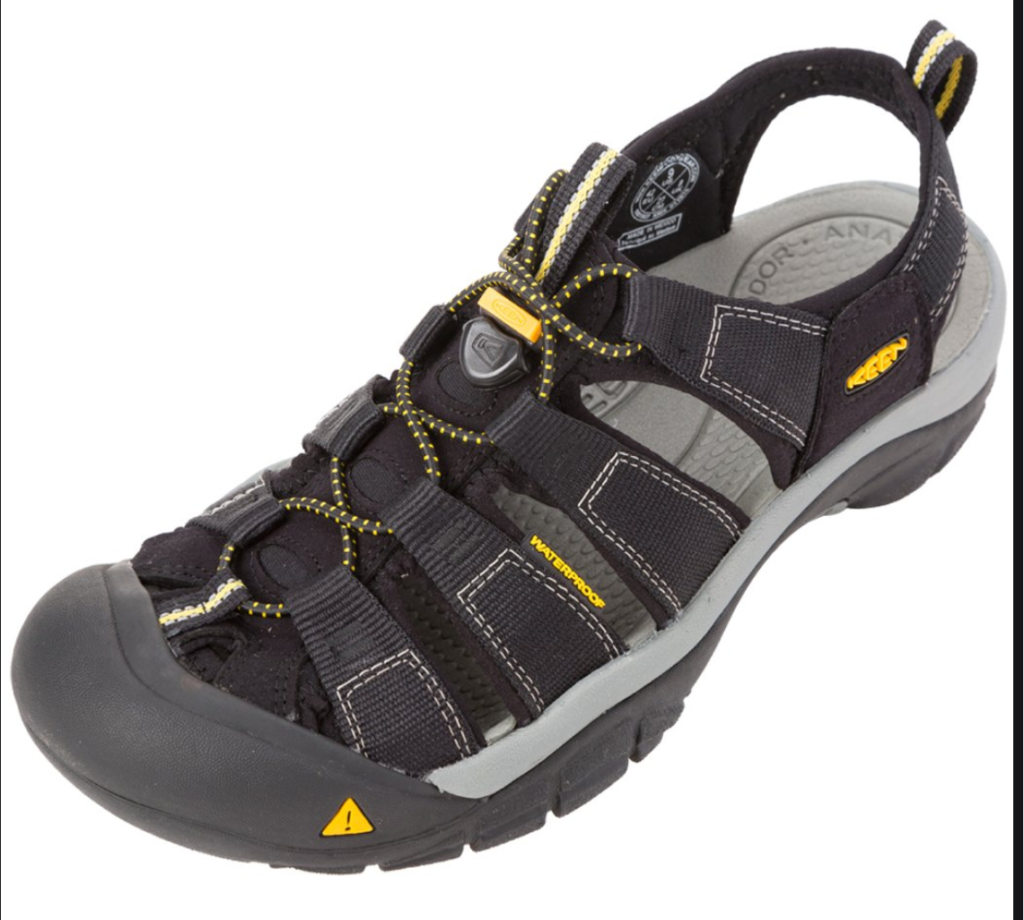
Shower Shoes. I used to go with flip flops or sandals. Easy on / easy off… then I decided that I really like shower shoes. My “go-to” for going the quick jaunt to the shower in the morning or evening. I like the closed toes and the quick drying nature of the shoe. This style by Keen are rugged enough that you could use them if your tennis shoes unexpectedly die or if you decide to go on that optional white water rafting trip!
Tennis shoes. Nothing special here. A good comfortable shoe that I can wear during the day. Sometimes, if I am feeling motivated, I will use these to work out in or play pick-up games of football (soccer) in the evenings. Just make sure they are in good shape and comfortable.
Toiletries
Don’t forget these personal items!
- soap
- deodorant
- personal toiletries (shampoo, conditioner, toothbrush, tooth paste). Think travel size!
- extra toothbrush
- wash cloth / towel
- hand sanitizer
- water bottle
- sunglasses
- sunscreen
- insect repellent (especially if you are going to be in a humid environment)
- moistened wipes
- flashlight (I have a small, LED one that is on a neck lanyard)
- toilet paper (with cardboard tube removed; in ziplock bag to keep dry)
- prescribed medications (be sure to travel with prescription or in original prescription bottle. Customs can get funny otherwise!)
- Traveler Medications… Dramamine, Imodium, Peptobismo, Ibuprofin, etc… (*note* chewing 1 chewable peptobismo tablet every morning helps to line your gut so pesky microbes that cause travelers diarrhea have a harder time sticking!) I also try to eat yogurt for much the same reason… the good bacteria will aid in digestion among other things!
Documents
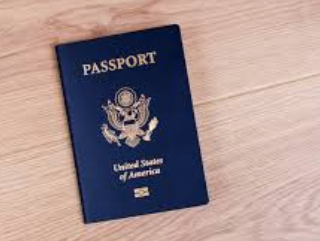
- Passport (check expiration date. Some countries require that your passport be valid for 6 months after your planned departure!)
- Journal
- Pen / Paper
- Book
- small Bible/ devotional
- Spending money for gifts and mementos.
Entertainment/Electronics
- Camera
- Phone / Charger
- Music player
- Headphones
- Books/magazines
- external battery / extra batteries
- voltage adapter (may be necessary, check with group leader)
Smart phones or devices can serve as multiple devices but some teams don’t allow their use. Check with your group leader… I am able to use my smart phone as a camera, alarm clock, music player and e-book reader. Additional I have a few applications that help with language translation and some don’t need to have a current connection if the languages are downloaded ahead of time!
Optional Items
- playing cards / travel games
- language dictionary (useful even if you speak the language)
- earplugs (might be a necessity depending on sleeping arrangements)
- travel pillow
- watch
- snacks (food is usually provided but I still like to have some granola bars and fast energy on hand)
What NOT to Bring
- expensive jewelry (marks you as being affluent and more attractive to pickpockets and thieves.)
- fancy clothing (same as above.)
- too many electronics (unplug as much as you can and get to know your fellow team members!)
- too many books (books can be heavy… consider taking only one or two.)
- Prohibited items (Most teams have rules about alcohol consumption while on the trips and clothing standards be sure to read those and follow them.)
- TSA prohibited items. Review those on their website. (I like to travel with a multi-tool… I have used it to make repairs in the field, just remember some items have to be placed in your checked luggage.)
- A “my way or the highway” attitude. Flexibility is key on mission trips. Things happen, items get forgotten or broken and you and your team will need to be creative and adjust to things as they happen. It is best to leave negativity and high expectations at home.
Final Thoughts
So there you have it. My go to list of items to take, or not take, on a mission trip. I don’t claim that it is all inclusive but it has served me fairly well over the course of 11+ trips. One of the things I learned while in the boy scouts was to have a list and pack from it. Afterwards, review the list. Was there something you didn’t have that you needed? Was there something you had but didn’t need? Tweak your list and then use it next time you pack. You will quickly find that you can streamline what you pack and can avoid over- or under- packing. Use this same method when packing for your mission trip and it will serve you well. Even if you think you are only going to go on one trip… well, you might just get bit by the Mission Trip Bug. Happy Traveling!
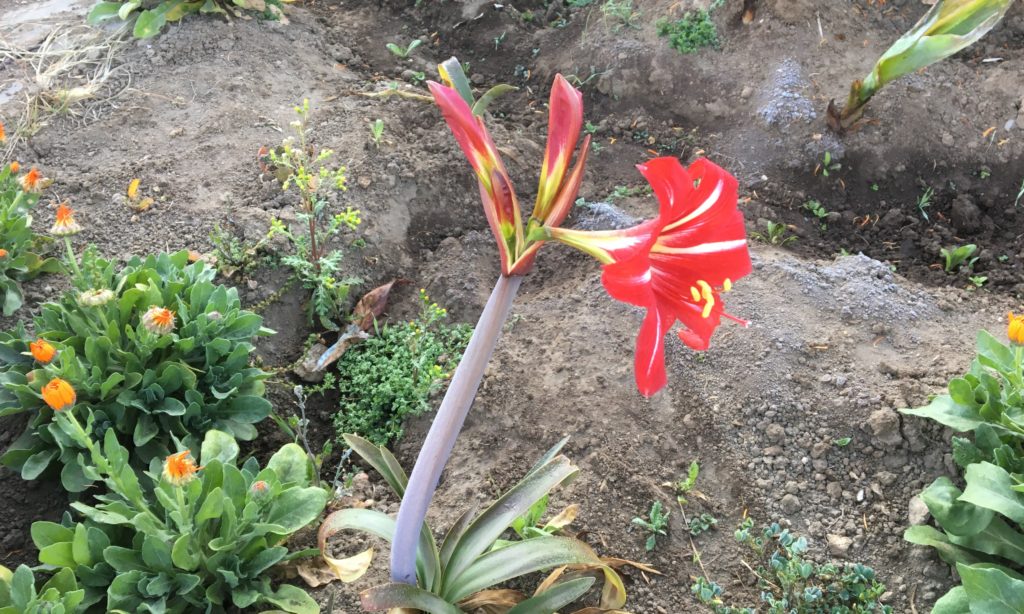
So you want to go on a mission trip…
Mission trips appeal to many people. Why? Is it the opportunity to travel… the chance to serve fellow mankind… An opportunity to hang out with like-minded people… to serve one’s God? Perhaps it is a combination of all of the above. One thing is certain, those individuals fortunate enough to go on a mission trip return home forever changed.
Today, I want to share my thoughts on how to go about selecting a mission trip to go on. There are A LOT of options out there when someone really starts looking. I will share how I got started and some of my experiences along the way.
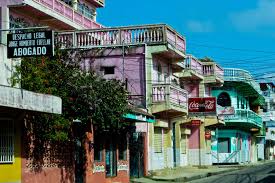
My father is a retired eye doctor. Early in his career he had donated money for mission work. He later found out the money he had donated was mismanaged and did not end up helping those for whom he had intended it for. As he reflected on that experience he realized that he could give his time and his talents and know that people were being helped. So, that is how my father got started in short-term medical missions. He has been on so many short-term mission trips he has lost count… but it is somewhere in the neighborhood of 50 trips.
His passion for helping others has spilled over to my siblings and I. He felt that it would be a good experience for us to be exposed to other cultures and to see first hand the poverty and need that is still prevalent in many parts of the world today. He felt that a good age for us to go was as eighth graders and then again as seniors in high school.
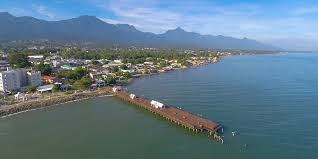
So it was, as an eighth grader, having seen my older sisters go and return from their trips that I eagerly went on my first trip with my father to Honduras. We went with a medical mission group called Christian Medical Dental Society (CMDS) and provided medical care to the people of Honduras. This was a two week long trip and our in-country host was the Dole Pineapple Company. I was super excited to be going. I had seen my sisters go, and return from their trips with many entertaining and colorful stories. Plus, I really wanted to see the pineapple trees!

Imagine my dismay to realize that pineapples do not grow on trees. To hear my dad tell it… he says, I stared at the fields for a while before saying, “I am gonna get those girls!” Come to think of it… I still owe them!
I was assigned to the dental portion of the team and assisted wherever, and however, I could. There was some super-crazy pathology. Roots from the teeth were BIG! I remember one young guy who had a root that extended from one side of the mouth around the gum line to the other side of the mouth. It was rotten and infected and the dentist ended up removing it. We had to pack the mouth with gauze and kept him there for awhile to make sure he was okay. Crazy pathology! The dentist did not do many fillings… mostly it was extracting rotten teeth. I guess it is not a good idea to suck on sugarcane and never brush your teeth. That trip was a life-changing experience: I realized how blessed I was, how much need there is in the world and what true gratitude looks like! I also had a new appreciation for my toothbrush.
My family went to Honduras for quite a few years. But that was my one and only trip with CMDS. In the early 1990’s, my parents were invited to go to rural Guatemala with a dentist and his wife to ascertain the need and possibility of doing some short term medical mission work there. They found a definite need and the opportunity. The next year, my father and I returned with a larger group which provided dental and eye care, built shelters for widows and interacted with a missionary in the area. We did a pretty good job of meeting some of the needs of the people in Chajul, a village in the Guatemalan Highlands, who were just starting to recovery from a bloody civil war. Later medical teams to Guatemala were with a group called Helps International which was formed by the leader of those early trips.
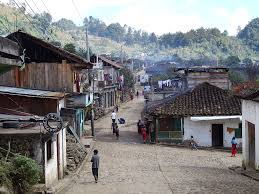
So… that is a summary of how I got started going on Medical Mission Trips. What should you do if you think you are interested in going on a (medical) mission trip? Consider and pray over three things: (1) Where should I go on my trip? Are you being called to go to any one particular place? Some suggest praying over an open map. Others, like my parents, received an invitation to join a group. (2) What should I do on the trip? Consider your talents. There a lot of skills required to make a trip a success. In my case, the group I go with staffs a fully functional hospital for one week. We need all kinds of people to make that happen. From the medical staff to the kitchen workers… everyone is important to the success of the team. (3) When should I go on my trip? Think about your life stage and current commitments. You will need to budget some time to prepare. Also, what is the environment like during the time you are considering: Is it the rainy season which will make travel more difficult or impossible?
Seek the advice of others. Your decision to go on a mission trip is probably not an individual one. Who is going to support you while you are gone? Will you have family or neighbors taking care of , or keeping an eye on, your residence while you are gone? Do you have a team of people that will pray for you or support you financially? Do you know someone who has gone on a trip before? Can this person be used as a mentor to ask questions of and bounce ideas of off?
Do some research. What are the beliefs of the group? What is their vision statement? What preparation and training is necessary? Different teams have various levels of training and preparation for your short term trip. Look for an organization that will help you with logistical support, safety and security, and cultural awareness. Are there any required vaccinations? Is there a post-trip debrief? This can be helpful in processing your experiences.
Make a decision and apply. Even after going through all the previous steps listed above you may feel uncertain about going on the trip you selected. Don’t let this paralysis you from going. If everything is falling into place – just apply. If you are meant to go on a particular trip, my experience has been that it will happen!
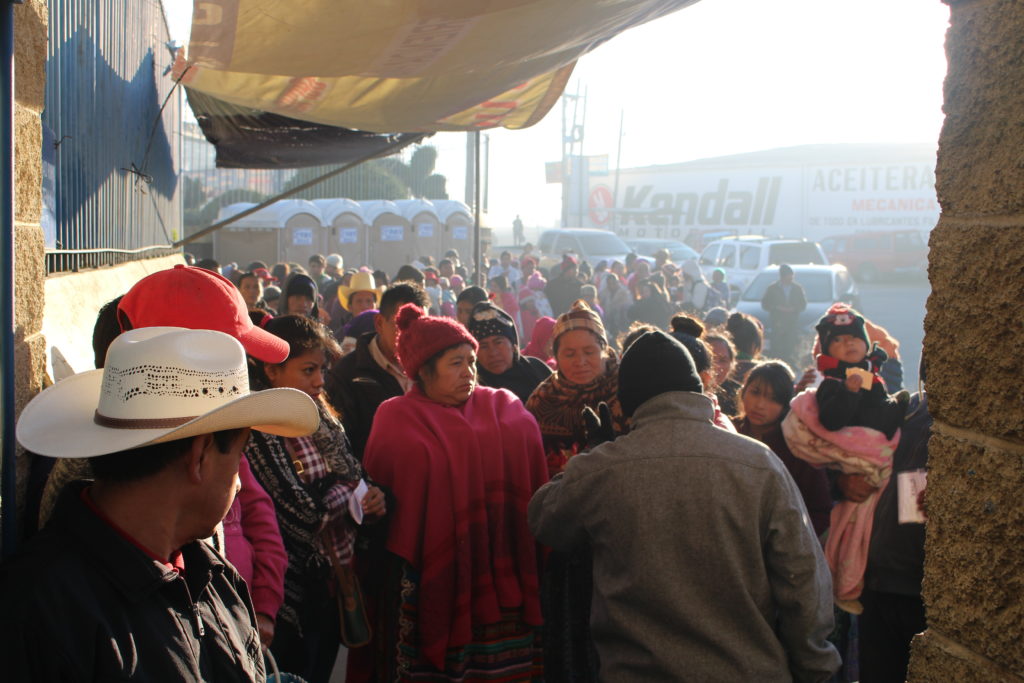
Potatoes!
One of the things I enjoy a lot about this time of year is harvest time. About a couple of weeks ago I had the opportunity to help my sister do some yard work and harvest her potatoes. She was growing some potatoes that she had bought at the store and did not get around to eating. They ended up sprouting so she decided to plant them to see if she could grow more potatoes.

I decided to do a little research on potatoes…Potatoes are reported as being the world’s fourth largest food crop. Rice, wheat and corn take the first three spots. Potatoes are thought to have first been cultivated around 8,000 B.C. by the Inca Indians in Peru. During the conquest of Peru, the Spanish Conquistadors discovered the flavors of the potato and are reported as bringing them back to Europe.
Sir Walter Raleigh introduced the potato to Ireland in 1589 on his estate at Myrtle Grove, Youghal near Cork. He reportedly also made a gift of the potato plant to Queen Elizabeth. It took about 40 years for the potato to spread to the rest of Europe but eventually were found to be easier to grow than other staple crops and could feed more people per acre.
This was an interesting activity. It was interesting to see how many potatoes grew from her “starts” and if this was an effective way to grow potatoes. We decided to pull the plants, dump the bag on a tarp and then sift the dirt to located any potatoes. We found a decent amount of potatoes had grown. This was a surprisingly fun activity. I got to spend some time with my sister and it became a bit of a competition to see who could find the most potatoes.
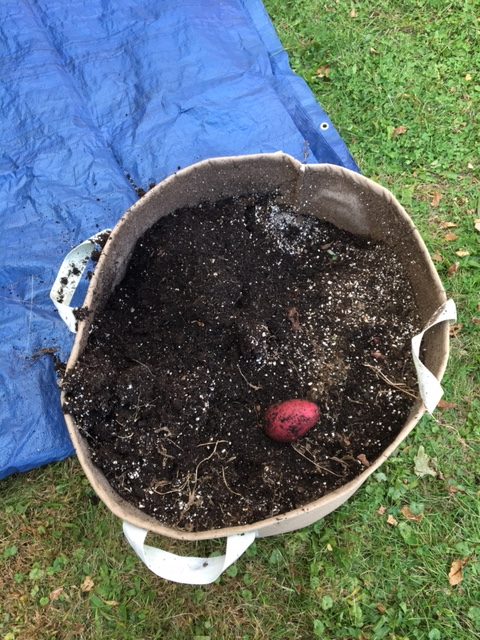
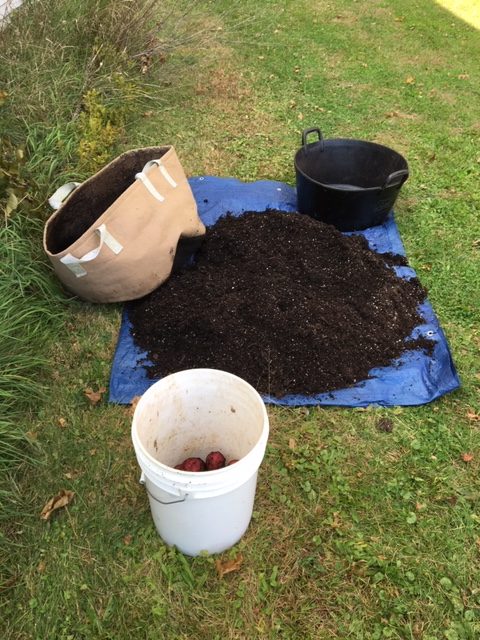

Our conclusions were that (1) potatoes could be grown from store bought potatoes and (2) growing potatoes in a bag makes harvesting the potatoes quite a bit easier — as the bag holds the potatoes and one can be certain that no potatoes are missed.
Honeybees… How Sweet it is.
My introduction to honeybees probably occurred when I was very young… I do not remember the exact encounter. My grandfather kept honeybees. I do not have any memories of this, but I know that he always had a garden and he must have recognized the benefits of keeping honeybees – both as pollinators and as producers of honey. The first bee sting I remember was from a nest of ground bees (which still aren’t my friends) that had taken up residence in a dirt pile in front of a house that my parents were having built (I was probably 4 or 5 years old). It was particularly memorable because I got nailed in the butt while playing on that dirt pile and it was rather painful to sit down for a few days.
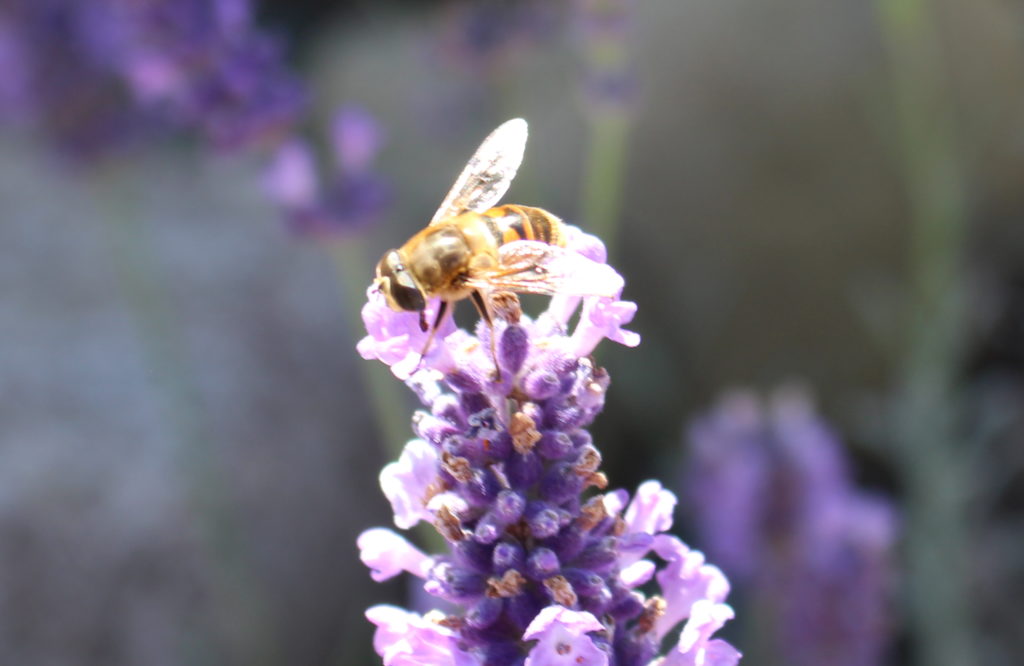
About 14 years later, when I was in high school, I took an interest in keeping honeybees. I had 2 or 3 hives and did not need to manage them like a beekeeper now has to. (Today a beekeeper faces numerous challenges that were not as prevalent back then — varroa mites, Colony Collapse Syndrome, etc…) When I went to college I did not have the time nor the inclination to keep bees. My sister has since taken up keeping bees and now maintains about 28 hives. I have, on occasion, assisted her in the bee yard and find that I continually learn new things about these amazing insects.
Honey bees can provide a variety of products that are of benefit to people. Honey, beeswax, pollen, royal jelly, and propolis (a sticky resin which is used by the bees as a glue in the hive). Perhaps the largest benefit bees provide is the role they play in pollination. Unlike other pollinators, honey bees are easily moved and placed where they are needed for pollination. Without honey bees the costs of fruits, vegetables, nuts and seeds would be much greater than what they are today.
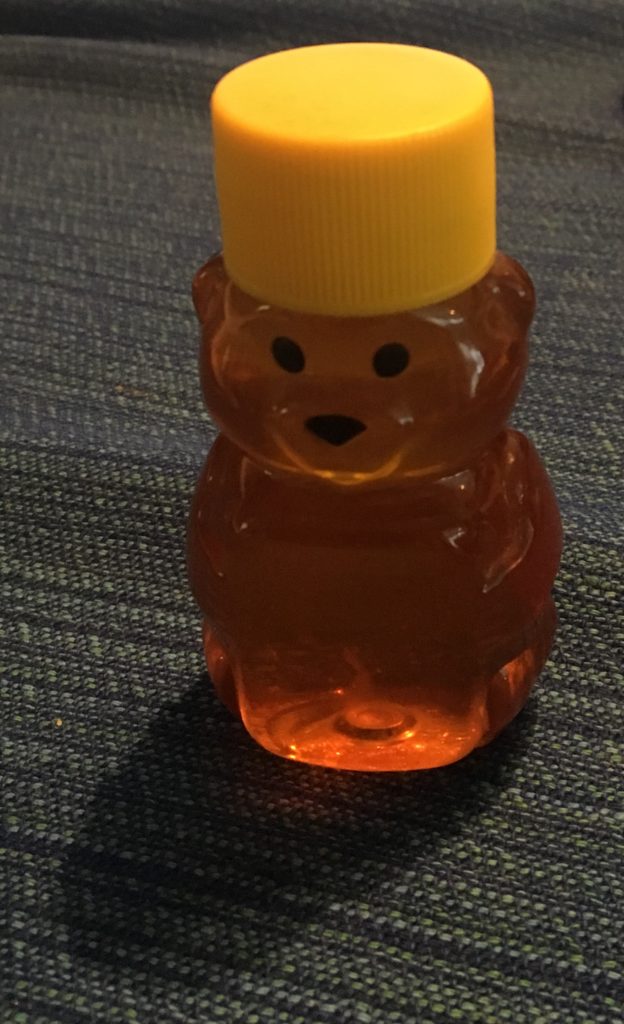
Some beekeepers move their bee colonies to provide pollination services (for a fee) many times during a season. Others, like my sister, maintain apiaries in good honey producing locations and get a good honey crop without having to move their bees. I am pretty passionate about pollinators because I know that they are a very necessary component in agriculture and seeing that food is put on the table.
Einstein is quoted as having said, “If the bee disappeared off the surface of the globe, then man would have only four years of life left. No more bees, no more pollination, no more plants, no more animals, no more man.”
I suspect that I will, someday soon, once again take up beekeeping… it is a sweet thing!
For more information on beekeeping or pollination services check out the links below. Most states have beekeepers’ associations or clubs that could also provide information or services. Usually, state agricultural extension educators can provide information on how to get involved.
Links:
American Beekeeping Federation: https://www.abfnet.org
American Honey Producers Association: http://www.americanhoneyproducers.org
Michigan Beekeepers’ Association: http://www.michiganbees.org
Dadant Beekeeping Supplies: http://www.dadant.com
What’s Growing in your garden?
As summer progresses, I am delighted to see things growing in my garden. What started as a seed, or seedling, is becoming something that will undoubtedly become a gastronomical delight. This year, I planted some plants that I have never grown before! What are you growing this year that is new or different from last year?
In my earlier post on gardening, I mentioned that I relocated some raised beds. This seems to be paying dividends! The soil is not drying out as quickly and the plants all seem to be doing fairly well… with the exception of my pepper plants. (Other gardeners in the area have stated that they have had problems growing peppers this year too.) I will have to do some research to see what the cause might be…
I am really excited to have corn this year! I have tried to grow corn in the past with little results. In talking with other gardeners, I learned that corn loves company. The minimum patch of sweet corn that can be successfully grown is 3’x 5′. This seems to take up a ton of my gardening space… but I like sweet corn so I planted a 3′ x 8′ patch. I am happy to report that most of the corn plants have developing ears. Has anyone else had problems growing corn in the past?
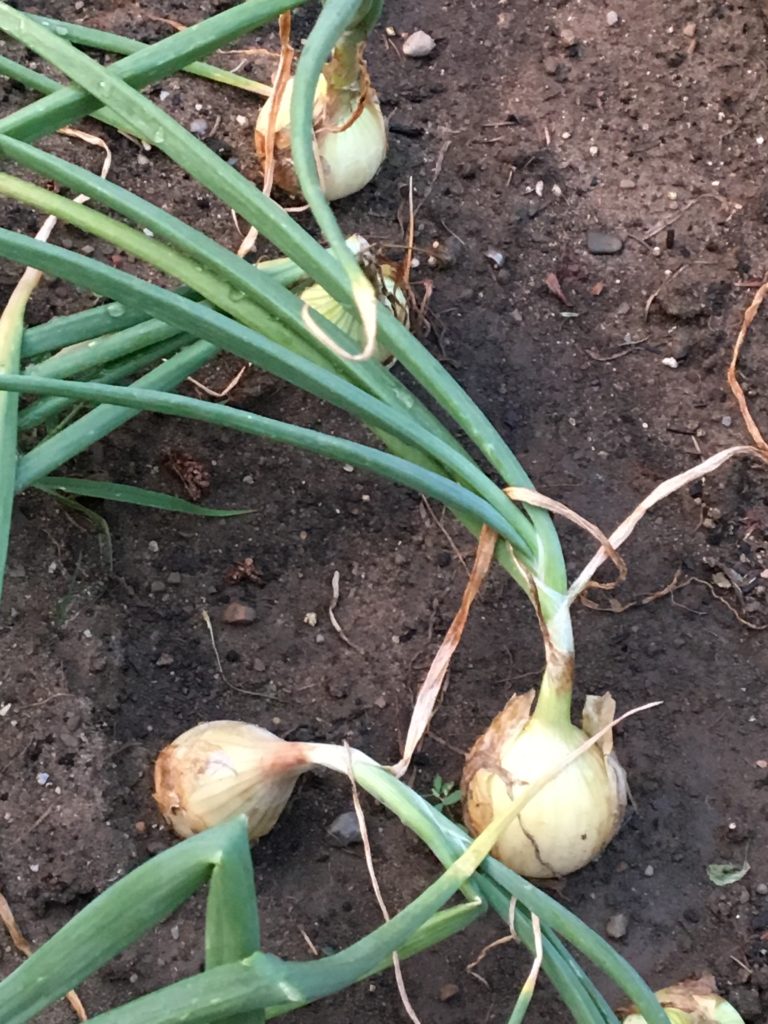

I planted some onions this year and have been very pleased with how well they are coming along. My only regret with the onions is that I didn’t plant more of them!
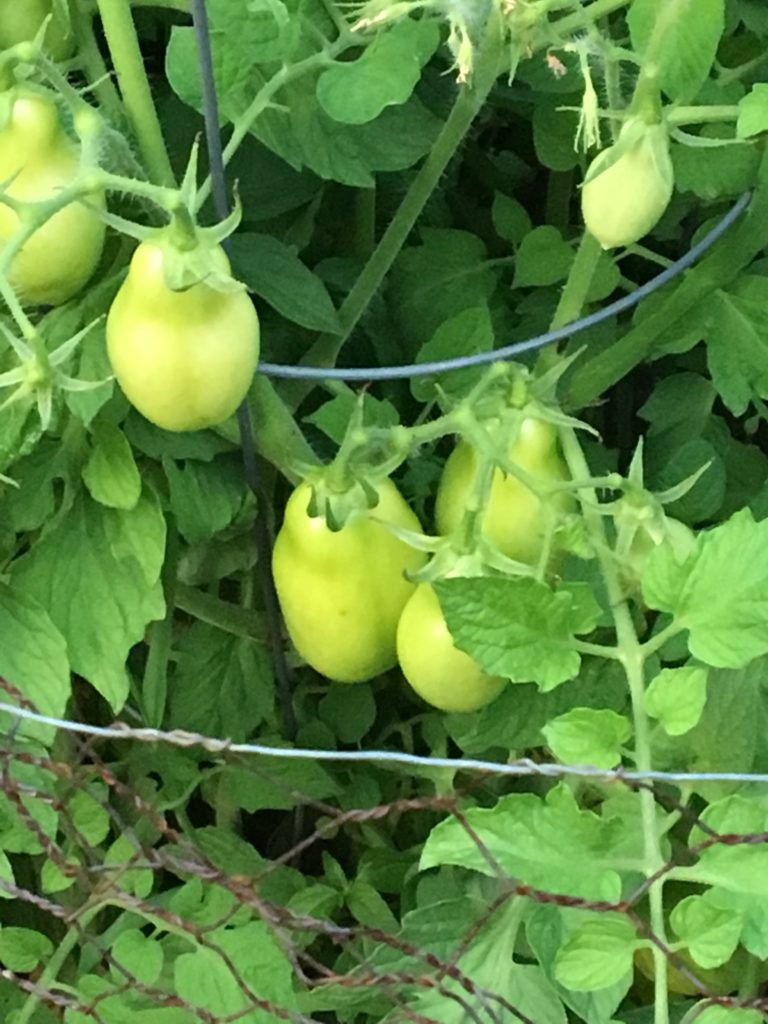
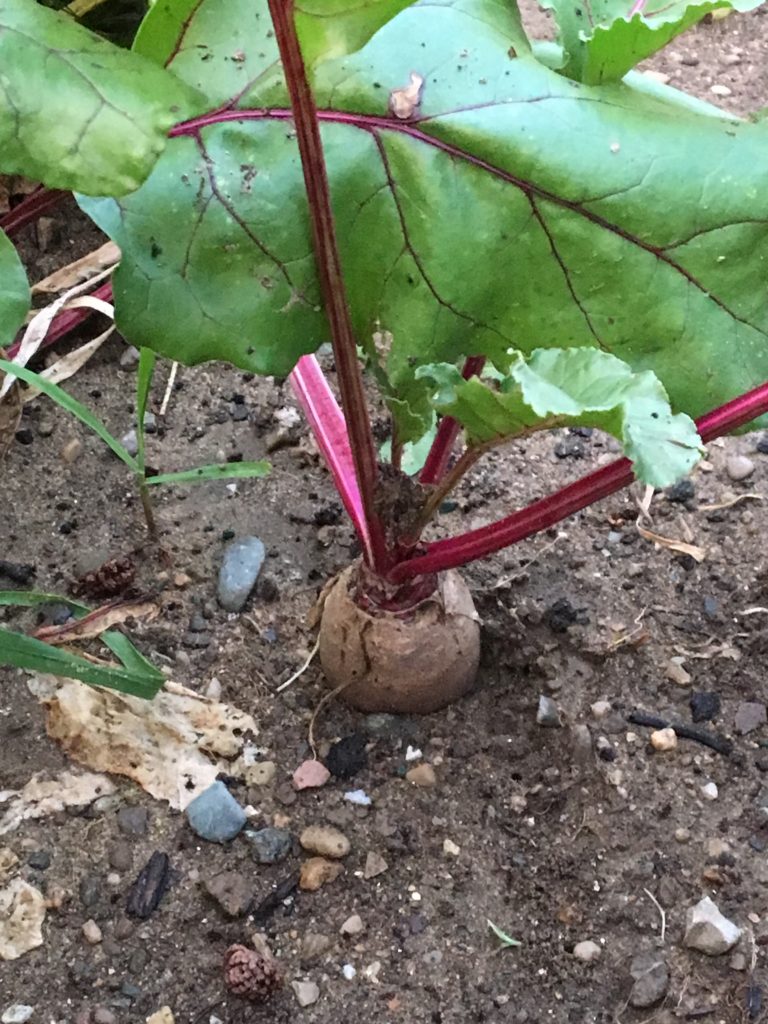
The beets I planted apparently didn’t germinate very well. Of 24 seeds planted, I have 4 plants. That is a pretty small crop and it is frustrating to not have anything growing in that space. Maybe next year, I will do some germination tests and focus on growing “starts” and then transplanting them. This will better ensure that I maximize my garden space and not have “holes” in my garden.
I am enjoying working in my gardens and look forward to harvesting some fresh vegetables soon. From the looks of things, I will also be doing some canning as my tomato plants have quite a few tomatoes on them!
Guatemala
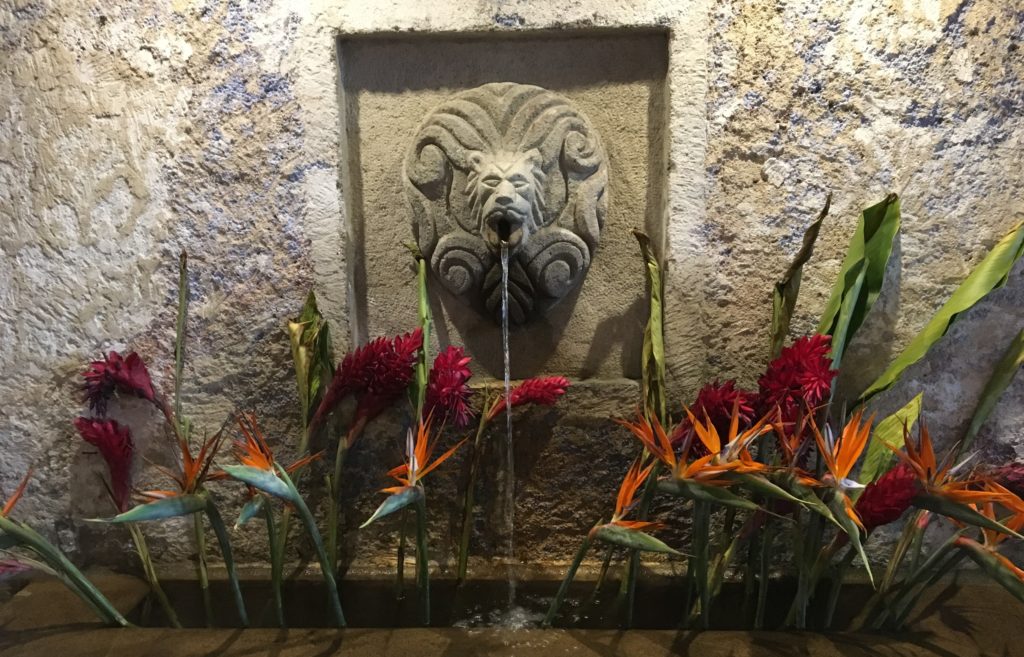
This country has a special place in my heart. Guatemala was home to the Mayan civilization (at its peak from around 250 AD to 900 AD). The Mayan were a powerful and advanced civilization and much of what they constructed can still be visited today. Guatemala is a mountainous country and if one visits there today they find most of her people to be friendly, grateful and incredibly poor. Economically, Guatemala is very dependent upon agriculture and is slowly developing into a modern society as emphasis and efforts are made to improve education and tourism.
From 1954 until 1996, Guatemala experienced a civil war. The war began as a fight between Mayans and Ladino peasants against the land owners of the country. The cause of the war can probably be most simply attributed to three factors… the greed of the United Fruit Company… the fear of communism… and racism towards the Mayan people. The war took a devastating toll on the people of Guatemala resulting in millions dead.
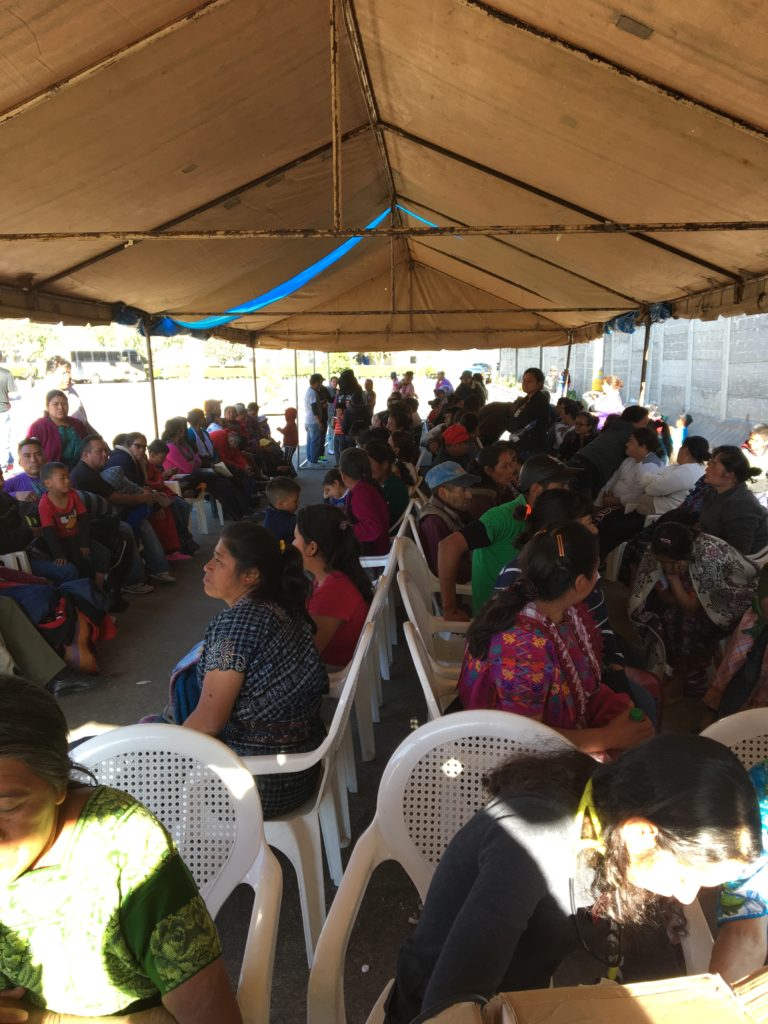
I first visited Guatemala in 1991 as part of a mission team that helped the indigenous people living in the Highlands of Guatemala. In 1991, Guatemala was nearing the end of its civil war and the need we found there was incredible. Widows, their husbands killed in the civil war, were living in holes hollowed into hillsides… medical assistance was pretty much non-existent… and family units had been torn apart. The indigenous people we served were understandably wary of outsiders until it became known that we were there to help, then we were welcomed wholeheartedly. My role on this first trip was to help on a construction team. We built crude wooden shacks that widows would live in. Every one of them was especially grateful. We also had a medical component to the team– an eye doctor and a dentist. The health professionals on this first team helped lay the ground work for later medical teams that would essentially set up and staff a hospital for one week.
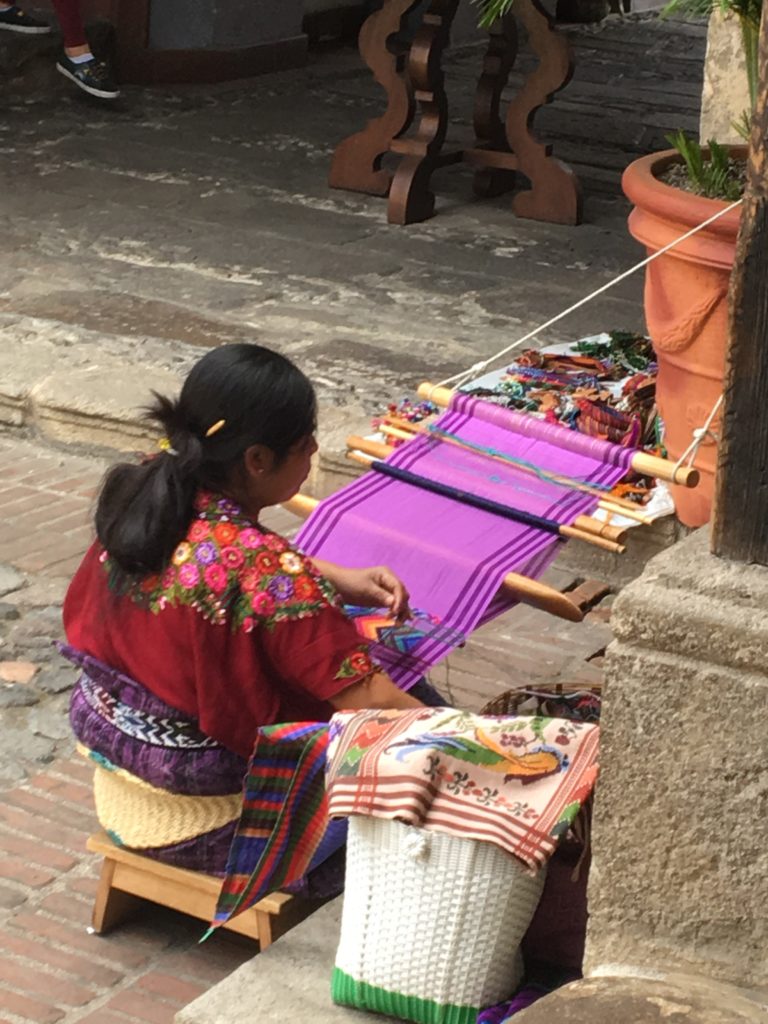
I have returned to Guatemala 9 times participating on 10 short-term medical / construction teams. The people are colorful; the country is beautiful. Trips of this type are a really neat way to help people who otherwise would have no access to healthcare or assistance.
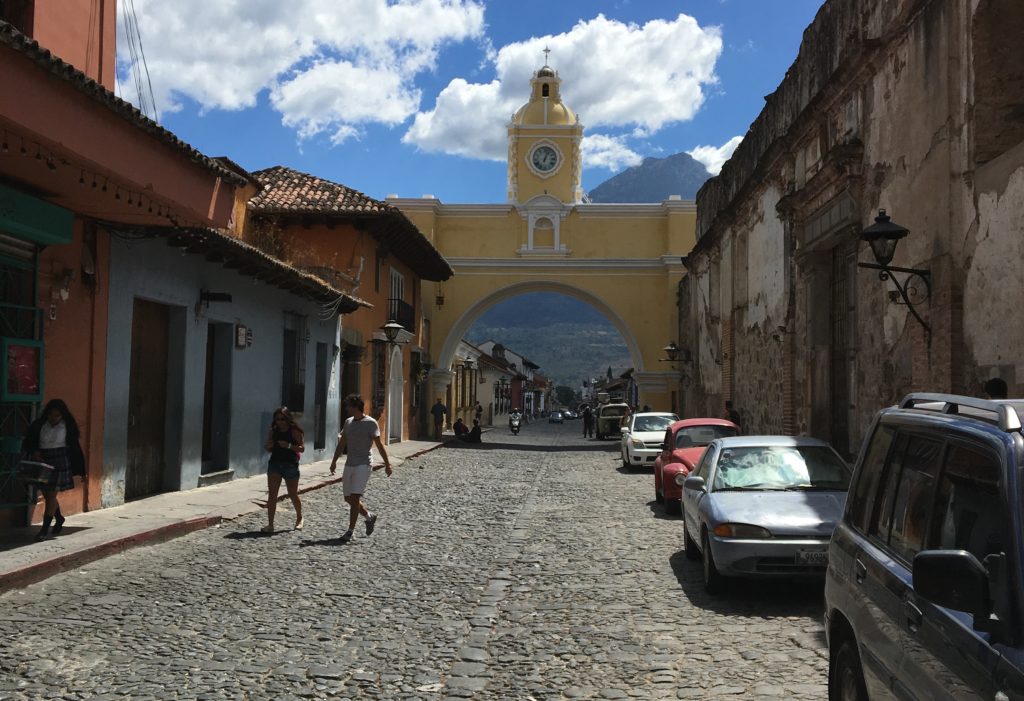
Please click the following link if you are interested in learning more about Helps International or if you would like information on how to support their efforts. https://www.helpsintl.org/

Recent Comments